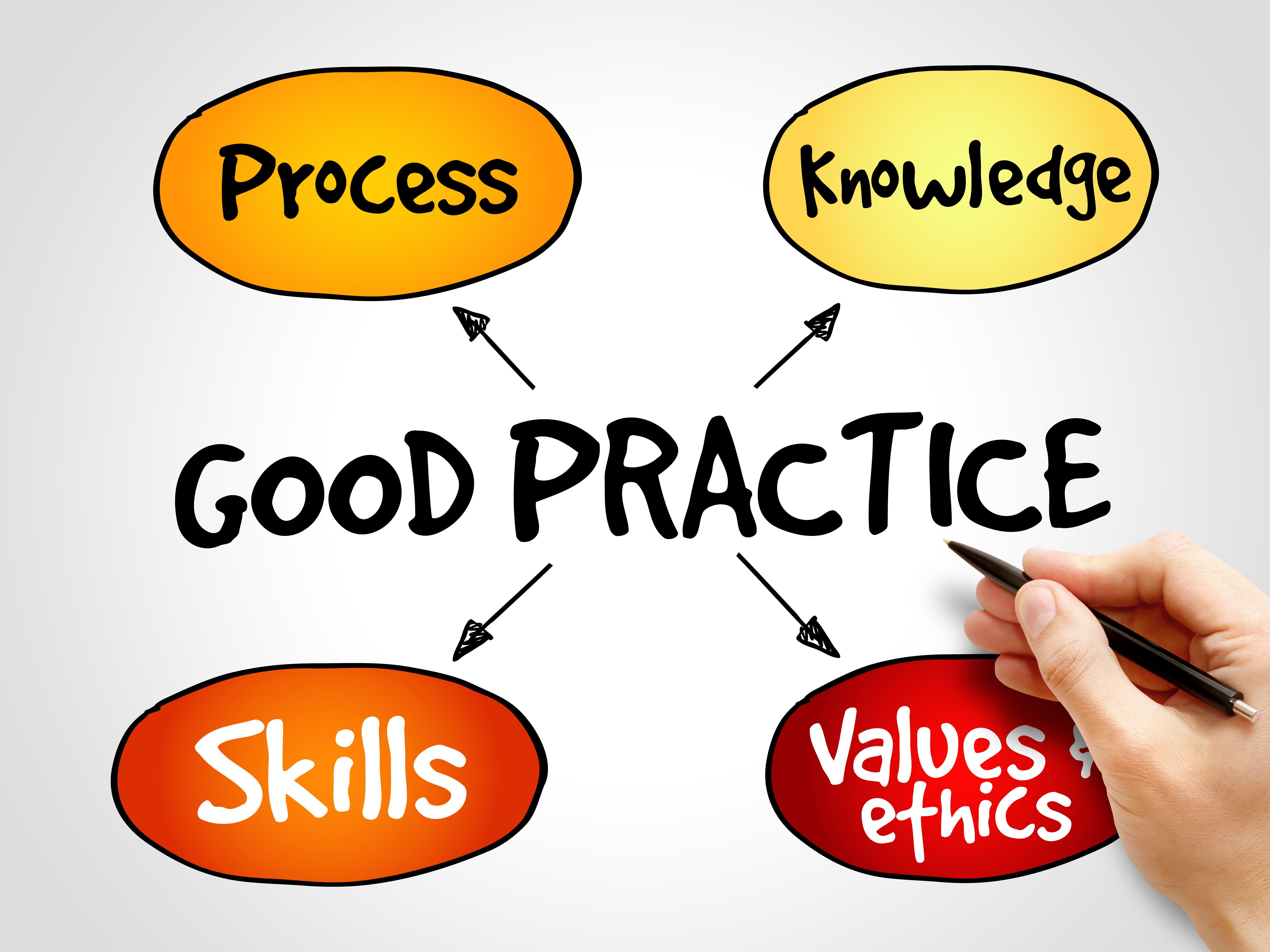
In June 2017, Guidestar released A Guide to Good Practices in Foundation Operations. The practices outlined cover the following areas: transparency; due diligence; responsive communications; and diversity, equity, and inclusion.
Transparency
Although not a guarantee of effectiveness, we believe transparency in general correlates with excellence in foundations. Which makes sense—the more open and accountable an organization is, the more responsive it is to criticism and vigilant it is about performance.
To comply with the regulations under 501(c)(3), a foundation must serve a public rather than a private interest. Accordingly, it makes sense that a foundation should seek to be transparent in order to best advance its 501(c)(3) purpose and serve a public interest. As noted by the Guide, in addition to strengthening its own credibility and building public trust, transparency can reduce duplication of effort among foundations that care about the same issues, facilitate greater collaboration and collective problem solving, and cultivate a community of shared learning and good practices among foundations. See How Foundations Benefit From Greater Transparency (Glasspockets).
Due Diligence
In the world of philanthropy, due diligence refers to a grantmaker’s procedures to determine the health of a grantseeker and verify a nonprofit’s eligibility to accept grants. But due diligence isn’t just about legal and financial compliance. More importantly, due diligence helps a grantmaker determine whether a nonprofit fits with the grantmaker’s mission; sheds light on the grantseeker’s standing in the community and the broader field; and shows how well the organization is run by its board and staff.
A board member’s duty of care requires reasonable inquiry or investigation in carrying out her responsibilities of directing the course of the organization, overseeing its operations, and protecting its charitable assets. The appropriate rigor of due diligence should depend on all the facts and circumstances of a particular transaction. While very little due diligence may be expected when making a $100 grant to a charity, much greater due diligence would be appropriate when making a $1 million grant to a charity. The rigor of due diligence may also depend on the grantee’s history and reputation, its tax status (e.g., more due diligence may be expected if making a controlled grant to a for-profit exclusively for charitable purposes than a grant to another 501(c)(3) organization), and its financial health. While the Guide wisely notes that “grantmakers too often institute due-diligence procedures that can prove burdensome for resource-strapped organizations”, foundations can help educate and facilitate appropriate disclosures and reporting by grantees (i.e., grantee transparency) that can ultimately help the grantees’ abilities to further their charitable missions.
Responsive Communications
For all the importance of being transparent and accountable to the outside world, foundations shouldn’t lose sight of something equally valuable: the perception of a foundation’s mission and workings among constituents, both inside and outside the organization.
The nature and timeliness of internal and external communications will impact how the board perceives the staff and the operations, how the staff perceives the board and its leadership and governance, and how that staff feel about each other. In addition, they will impact how others perceive the foundation, including past, current, and prospective donors, grantees, beneficiaries, allies, supporters, critics, regulators (e.g., IRS, Attorneys General), ratings agencies, vendors, and reporters. As the Guide highlights: “Accountability, by definition, requires feedback.” And without sufficient and responsive feedback, risks heighten.
Diversity, Equity, and Inclusion
The push to diversify a foundation’s staff needs to be internalized and systematized, enshrined as a keystone value for an organization. …
Grantmakers should also pay attention to the diversity of the grantees and partners with which they work.
The Guide lists eight practices that foundations should consider, more fully described in Foundations Facilitate Diversity, Equity, and Inclusion: Partnering With Community and Nonprofits (D5 Coalition):
- cultivate a deep understanding of the local contexts in which you invest;
- ensure that your mission reflects the value of diversity, equity, and inclusion, and that your leaders are strongly driven by the mission;
- target, through strategy, the structural issues that limit opportunities for people in underserved communities, and bolster the capacity of grassroots organizations that serve those communities;
- select nonprofit partners whose missions align with your values;
- engage nonprofits as partners and forge long-term relationships with them;
- build nonprofit partners’ capacity to engage their communities authentically;
- convene nonprofit partners to discuss diversity and encourage authentic collaboration to tackle the structural issues that affect communities; and
- use evaluation as a learning tool to improve your own— and your nonprofit partners’—practices of diversity.